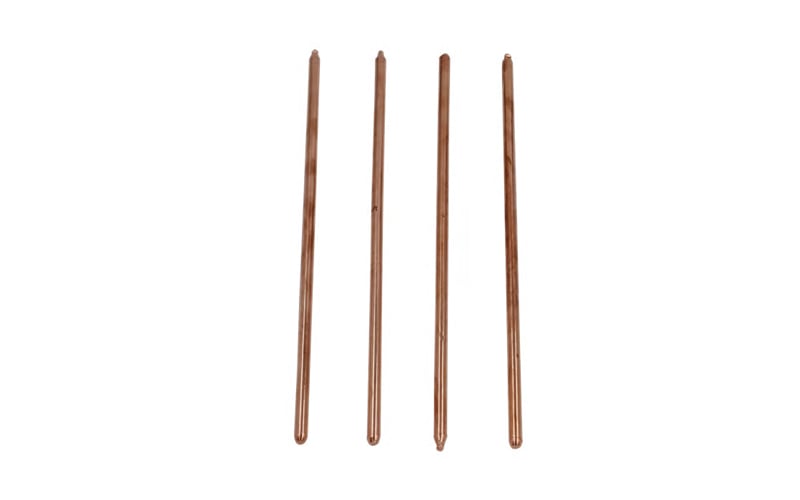What Is a Heat Pipe?
A heat pipe is a highly efficient way to transfer heat from one point to another. It consists of a sealed tube that is filled with a working fluid, such as water or a refrigerant. The fluid evaporates at the hot end of the pipe, absorbing heat in the process. It then condenses at the cold end, releasing the heat. This process allows heat pipes to transfer heat over long distances with minimal energy loss.
How Do Heat Pipes Work?
Heat pipes work on the principle of phase change heat transfer. When the working fluid absorbs heat and evaporates, it moves to the colder end of the pipe where it condenses and releases the heat. This cycle continues as long as there is a temperature difference between the two ends of the pipe, allowing for continuous heat transfer.
Applications of Heat Pipes
Heat pipes have a wide range of applications in industries such as electronics, aerospace, and HVAC systems. They are used for cooling electronic components, thermal management in satellites, and energy-efficient heat exchange in air conditioning systems. Heat pipes are also commonly used in solar thermal collectors to absorb and transfer heat from the sun.
Advantages of Heat Pipes
One of the main advantages of heat pipes is their high thermal conductivity, which allows for rapid heat transfer. They are also lightweight, reliable, and maintenance-free. In addition, heat pipes can operate in any orientation, making them versatile and easy to integrate into different systems.
Types of Heat Pipes
There are several types of heat pipes, including copper-water heat pipes, aluminum-ammonia heat pipes, and heat pipes with wick structures. Each type is designed for specific applications based on factors such as operating temperature, working fluid, and thermal resistance.
Limitations of Heat Pipes
While heat pipes are efficient for transferring heat over short to medium distances, they may not be suitable for applications with very high temperature gradients or extreme environmental conditions. In addition, heat pipes can be sensitive to orientation and gravitational forces, which may affect their performance.
Thermal Management with Heat Pipes
Heat pipes are often used for thermal management in electronic devices to prevent overheating and improve performance. By dissipating heat away from sensitive components, heat pipes help prolong the lifespan of electronics and ensure reliable operation under varying load conditions.
Future Trends in Heat Pipe Technology
Advancements in materials science and manufacturing technologies are driving innovations in heat pipe design and performance. Researchers are developing new materials with higher thermal conductivity and working fluids with improved heat transfer properties. These advancements are expected to lead to more efficient and cost-effective heat pipe solutions in the future.
Environmental Impact of Heat Pipes
Heat pipes are considered environmentally friendly because they do not consume any energy in the heat transfer process. By improving energy efficiency in cooling and heating systems, heat pipes help reduce greenhouse gas emissions and contribute to sustainability efforts in various industries.
Conclusion
In summary, heat pipes are a versatile and energy-efficient technology for transferring heat in various applications. Understanding how heat pipes work, their advantages and limitations, and their potential future trends is essential for effective thermal management and sustainability in modern systems.heat pipe, heat transfer, thermal management, phase change, working fluid, applications, advantages, limitations, future trends, environmental impact What Is a Heat Pipe? Everything You Need to Know This informative article explores the concept of heat pipes, how they work, their applications, advantages, limitations, and future trends, while also highlighting their environmental impact.

